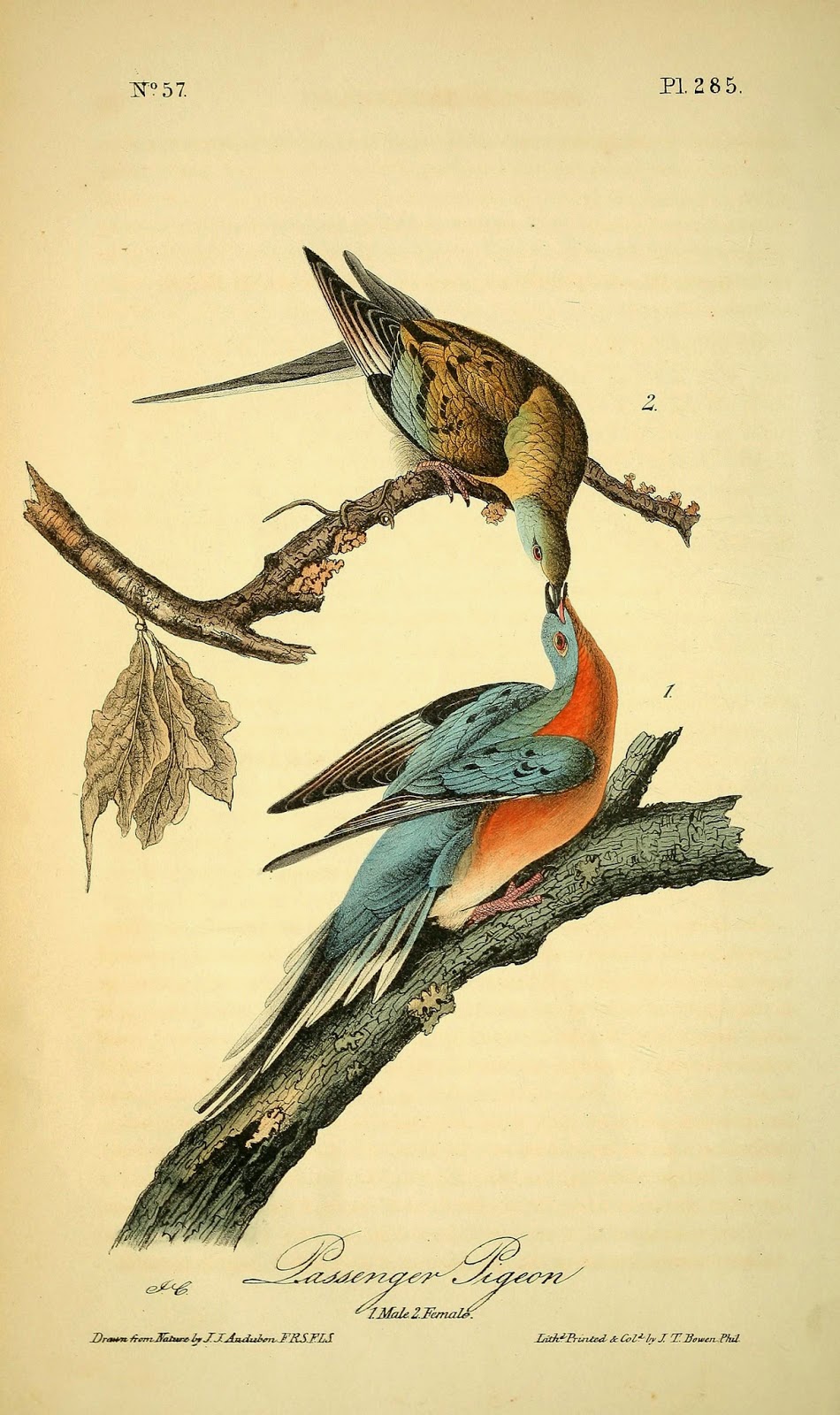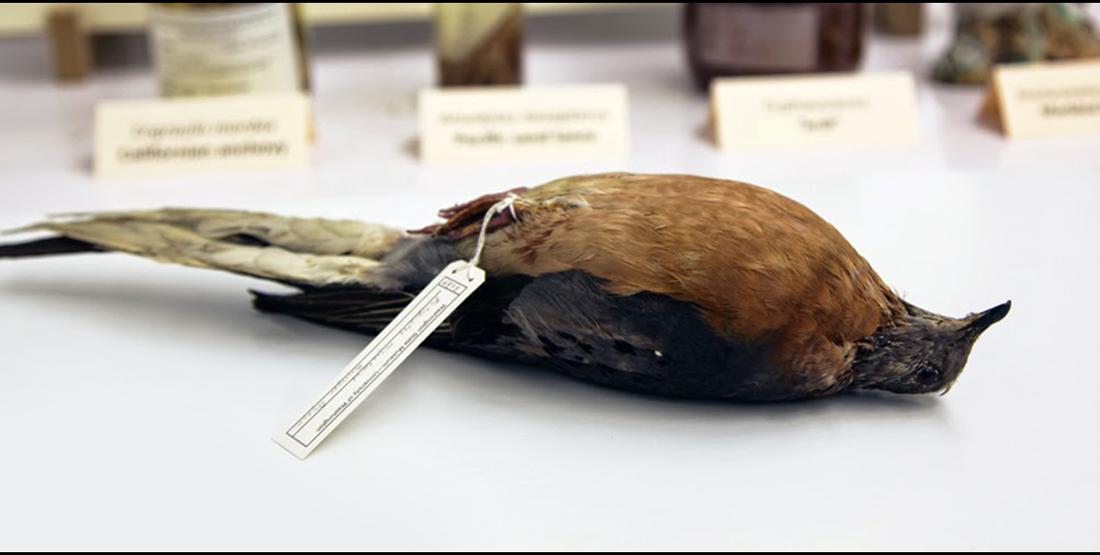There are numerous factors that could have contributed to the demise of the passenger pigeon. In the 19th Century, as America’s population grew, the demand for food increased and passenger pigeons were an obvious and plentiful source.
Thousands of men became full-time pigeon hunters. With nesting sites that held unimaginable numbers of birds, hunters slaughtered the birds with ease and efficiency.
One effective technique for wholesale pigeon hunting was to tie one end of a string to the foot of a captured pigeon and the other to the leg of a stool. As the bird tried to fly away, its fluttering wings suggested that it had found food. The rest of the flock, approaching in enormous numbers, was easy to kill. “Stool pigeon” later came to mean anyone who betrays another.
In the mid-19th century, tens of millions of birds were shot for sport. Henry Bergh, the founder of the American Association for the Prevention of Cruelty to Animals, waged a campaign against the brutal treatment of the passenger pigeon. Not only did Bergh write the first legislation attempt to protect the passenger pigeon, but he also helped invent the clay pigeon, which eventually replaced the living bird as a target. Despite efforts by forward-thinking conservationists like Bergh, many protective efforts were overlooked.
In addition to being hunted for food and sport, habitat loss was an important factor in the extinction of the passenger pigeon. As the immigrant population spread rapidly across the country, the bird’s habitat, low-lying areas of nut and beech trees, was converted into farmland.
The end of a species
By the end of the 19th century, only a few thousand passenger pigeons remained in the wild, and the last few were kept in zoos and private collections. On March 24, 1900, a boy in Pike County, Ohio shot the last recorded wild passenger pigeon.
The last survivors of the species, George and Martha, named after the father and first lady of our country, died in the Cincinnati Zoo. George died first, and four years later, on September 1, 1914, Martha died in her cage. Martha’s body, encased in a block of ice, was shipped by train to the Smithsonian’s National Museum of Natural History where her specimen remains today.
One of few remaining
The Burke cares for one of the 1,532 passenger pigeon specimens left on earth in our birds collection. Sadly, we know very little about its particular history.
It had to have been collected somewhere east of the Rockies—the species didn’t live this far west—probably in the late 1800s. This bird, however, wasn’t killed for food, but for display. The glass eyes and pink-painted legs tell us it was originally prepared in a lifelike pose, probably perched on a branch. Whether it was a cherished possession, or part of a museum exhibit, or simply stored in a closet, we cannot know.

Eventually this specimen turned up at the Slater Museum in Tacoma where a museum worker carefully modified its lifelike form into a compact “study skin,” which is the typical way museums prepare birds for long-term storage and research.
Then, some 100 years after its unremarkable death, this now remarkably rare bird arrived here at the Burke, where it will remain.


